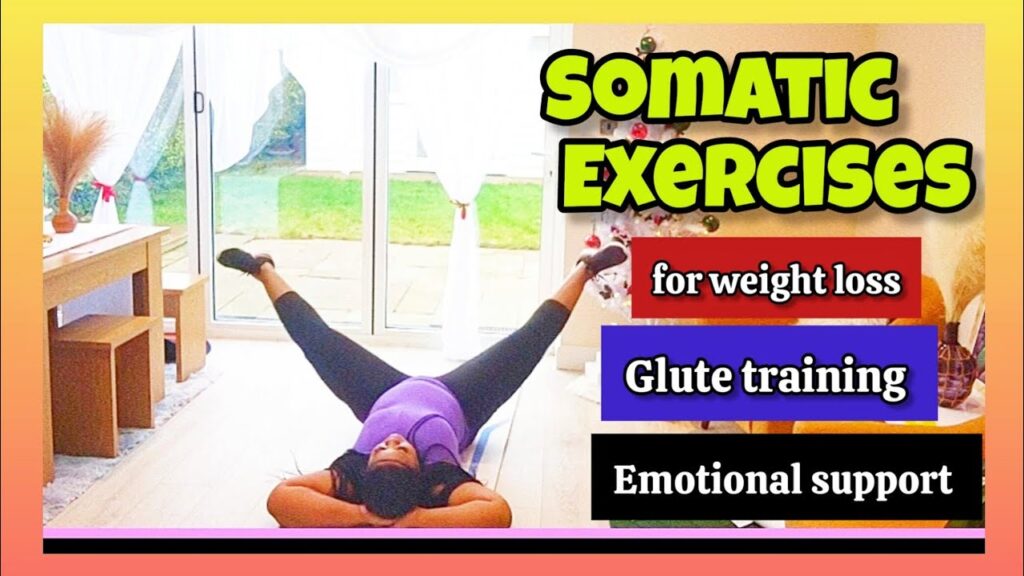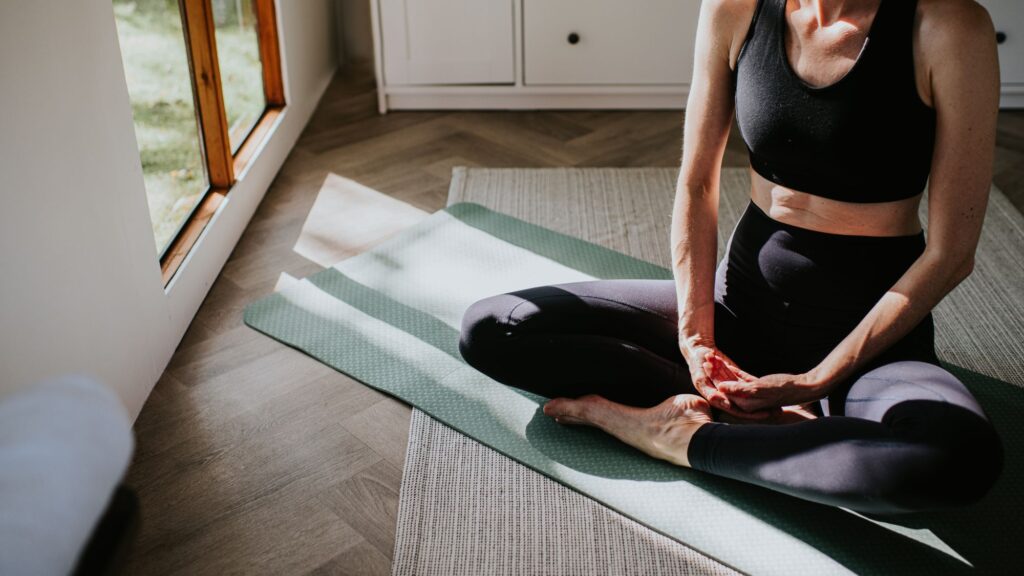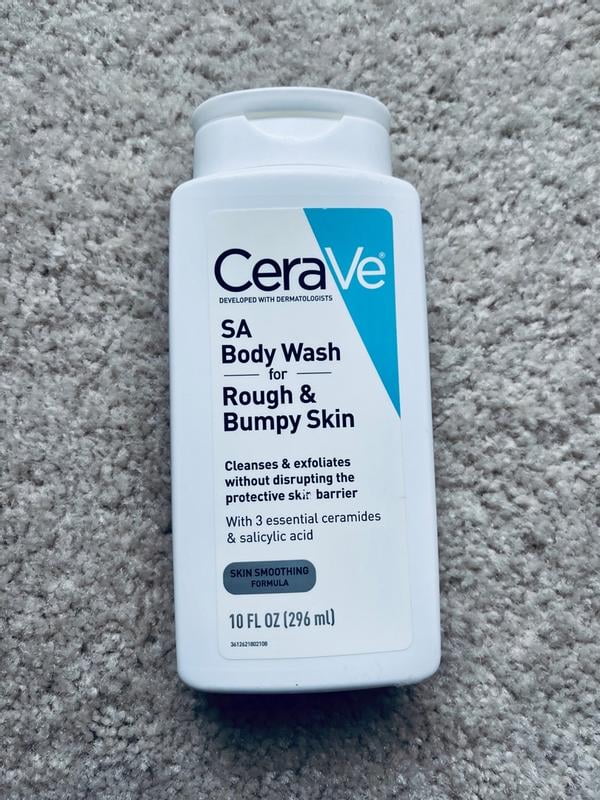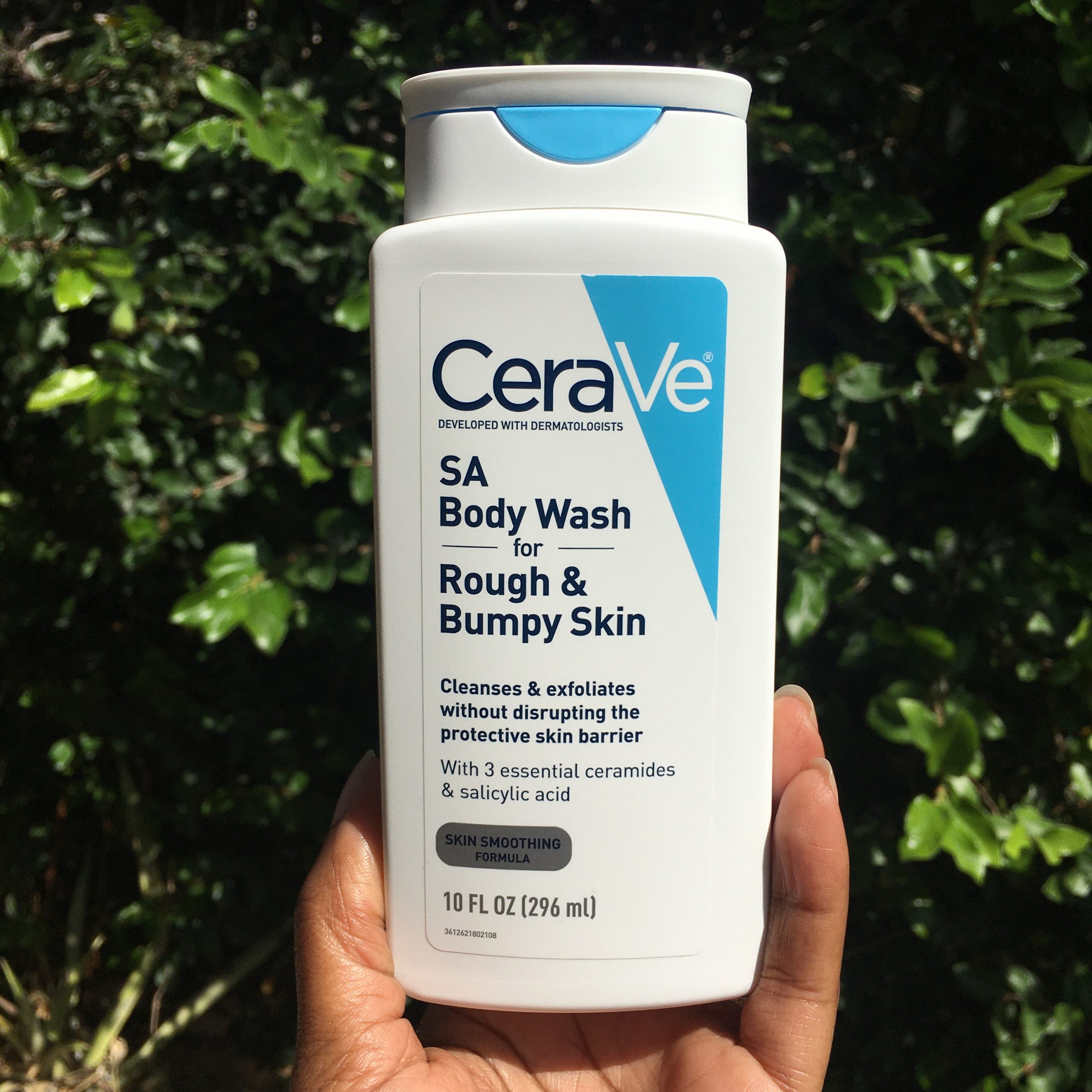Somatic Workout Free – Modern life can be intense. Our bodies carry more tension than we realize—tight shoulders from stress, a stiff neck from excessive screen time, or lower back discomfort from prolonged sitting.
Sometimes, a traditional workout isn’t what we need. That’s where somatic workouts come in. Somatic movement focuses on reconnecting your mind and body, helping you release built-up tension, improve mobility, and feel more grounded.
And the best part? You don’t need expensive equipment, a gym membership, or even a trainer to start. You can begin your somatic workout journey for free, right from the comfort of your own home.
What Is a Somatic Workout?
A somatic workout isn’t like hitting the treadmill or lifting weights. Instead, it’s a slow, intentional movement practice that aims to
-
Release muscular tension
-
Improve body awareness
-
Reduce chronic pain
-
Enhance emotional regulation
-
Help you move with more ease
“Somatic” comes from the Greek word soma, meaning “the living body.” The idea is that your body holds experiences—both physical and emotional—and sometimes, those experiences can get stuck. A somatic workout helps you gently work through that.
This approach draws from somatic disciplines such as Feldenkrais, Hanna Somatics, Alexander Technique, and gentle forms of yoga. The movements are typically gentle, mindful, and repeated slowly, often performed while lying down or seated.
Why Try a Somatic Workout (Especially a Free One)?
Whether you’re dealing with stress, recovering from injury, or just want to feel better in your body, somatic movement offers incredible benefits. And since so many resources are now available online, you don’t have to spend a dime to get started.
Here’s why a free somatic workout might be the best thing you do for your body this week:
1. Releases Deep-Seated Tension
Unlike high-intensity workouts that sometimes add more stress to the body, somatic movements gently undo layers of physical tension. You’ll notice you feel lighter, more mobile, and even taller after just one session.
2. Boosts Mind-Body Connection
The slow, repetitive movements help you become more aware of how your body feels and moves. That awareness can carry over into daily life, helping you move more mindfully and prevent injury.
3. Accessible to Everyone
No matter your age, fitness level, or physical limitations, you can do a somatic workout. It’s perfect for beginners, seniors, people recovering from injury, or anyone who feels overwhelmed by traditional exercise.
4. Cost-Free and Convenient
With free resources available online (many via YouTube or fitness blogs), you can practice at home with zero financial commitment. All you need is a quiet space and maybe a yoga mat or towel.
What to Expect During a Somatic Workout
If you’re new to somatics, your first session might feel… very slow. That’s the point. You’ll be guided to move intentionally and with focus, often repeating movements several times to release patterns of tension your body may have held for years.
A typical somatic workout might include:
-
Gentle pelvic tilts while lying on your back
-
Shoulder rolls and head turns
-
Spine twists and side-bending stretches
-
Breath awareness exercises
-
Mindful pauses between each movement
Unlike traditional exercise, there’s no pushing, forcing, or “no pain, no gain” mentality. Somatic work is about ease, exploration, and releasing what your body no longer needs.
Where to Find Free Somatic Workouts
There are plenty of free resources online that can help you get started with somatic movement. Here are a few to check out:
1. YouTube Channels
-
Movement with Miryam – Offers free somatic practices that are beginner-friendly.
-
LauraG Yoga – Includes somatic yoga and trauma-sensitive classes.
-
James Knight – Gentle Somatic Yoga – Focused on relaxation, healing, and mobility.
2. Free Apps and Platforms
-
Insight Timer – This meditation app offers guided somatic movement practices and body scans.
-
DoYogaWithMe.com – Has free videos with a somatic approach to yoga.
-
The Mindful Movement – A great mix of somatics, meditations, and breathwork.
3. Online Blogs and PDFs
Search for free PDFs or blog posts with written routines. Some somatic educators offer downloadable guides with step-by-step instructions you can follow at your own pace.
Tips for Starting Your Somatic Practice
Getting into somatic movement doesn’t require much, but a few tips can help you make the most of it:
-
Find a quiet space where you won’t be interrupted.
-
Move slowly and mindfully—this isn’t about getting sweaty or pushing hard.
-
Repeat each movement several times, noticing how it feels each time.
-
Don’t worry if it feels strange at first—trust the process.
-
Practice regularly, even for just 10–15 minutes a day, to see real benefits.
Real-Life Results You Can Feel
Many people who try somatic workouts report sleeping better, feeling calmer, and moving more freely. For those with chronic pain or long-standing postural issues, somatics can be life-changing.
And because it’s free and so accessible, there’s truly no barrier to trying it out. Even a short 10-minute session can leave you feeling more at ease in your body.
Final Thoughts
A free somatic workout might not look intense, but it delivers deep, lasting results. It invites you to slow down, tune in, and move with purpose.
Whether you’re recovering from burnout, easing pain, or just need a mental reset, somatic movement offers a powerful yet gentle way to reconnect with yourself.
So roll out your mat, take a deep breath, and give it a try. You might just be surprised how good it feels to let your body move with intention and care—no cost required.








